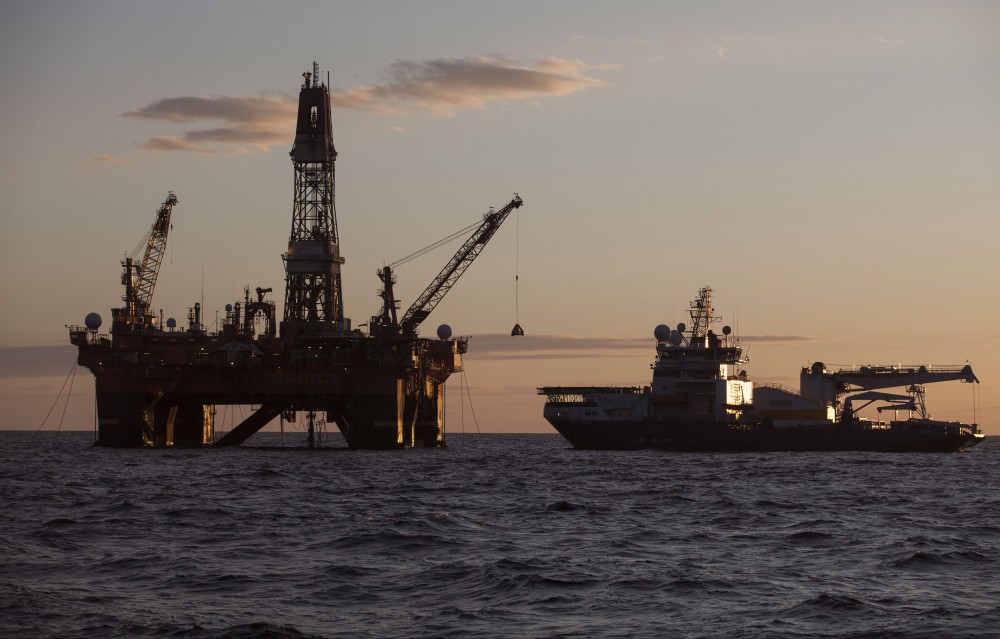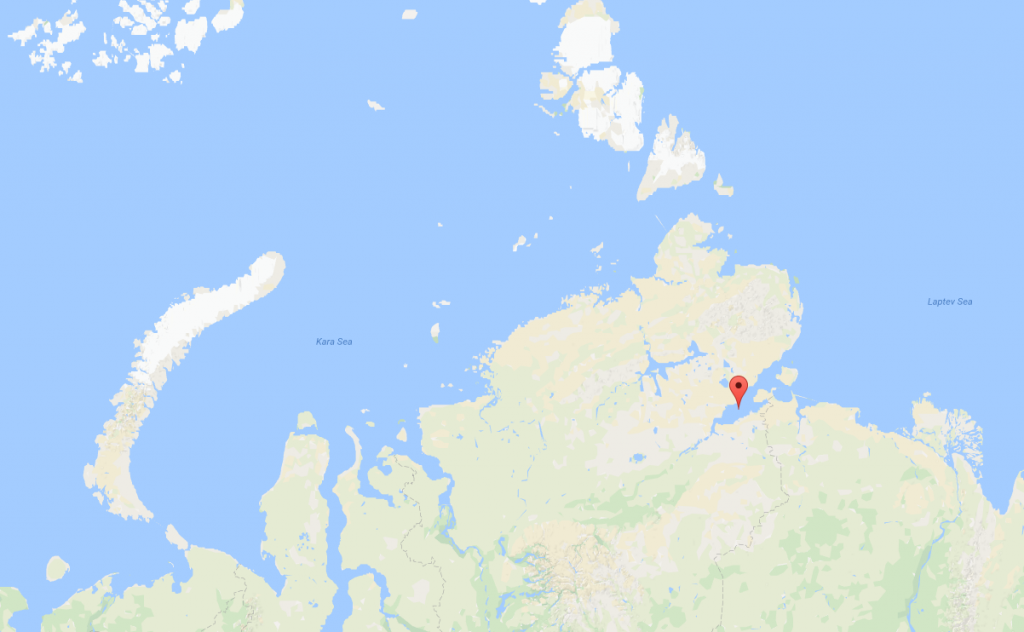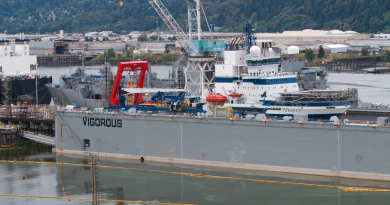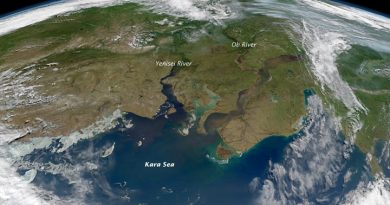Rosneft discovers more than 80 million tons of oil in new offshore Arctic well

It is the first ever well drilled in the Laptev Sea and drilling results show significant resources. According to Rosneft, the Tsentralno-Olginskaya-1 holds at least 80 million tons of oil.
It is the Russian oil company’s only offshore well drilled this year. The operation is conducted from the shore of the Khara-Tumus peninsula, a part of the Gulf of Khatanga, where Rosneft over the last year has developed a research and exploitation base.
The well was spud in early April this year and Rosneft leader Igor Sechin had President Vladimir Putin on the line directly from the Kremlin in connection with the event.
«Dear Vladimir Vladimirovich, we are located on the peninsula of Khara-Tumus in the Dolgano-Nenets area, north of the 73rd parallel, 250 meters from the coast of the Laptev Sea», Igor Sechin told Putin in the transmission. «Behind my back, through the snow drift you can see the drill tower».
The depth of the well is 5,523 meter and Rosneft is continuing the operation. Additional drilling is needed in order to study the geological structure of the field, explore new hydrocarbon resources and determine a strategy for further exploration works, the company informs.
The organization of the well drilling has been conducted in very short time. Rosneft won the license to the field in December 2015 and two shiploads of drilling equipment was sent to site in the summer of 2016.
A remote place in Russian Arctic

The Gulf of Khatanga is among the least accessible places in the Russian Arctic. Located east of the Taymyr Peninsula by the ice-covered Laptev Sea, the license area is open for regular shipping only two months in the year. The nearest settlement is Khatanga, a town with a population of about 2,500 located about 350 km to the southwest.
Rosneft says it pins high hopes to the development of the Laptev Sea which it believes could hold as much as 9,5 billion tons of geological reserves.
In a meeting in the Kremlin in June, Rosneft leader Sechin brought with him a drill core sample from the Tsentralno-Olginskaya-1.
«We can inform you, Vladimir Vladimirovich, that we, based on preliminary analysis, are about to open a very serious field», Sechin said as he handed the President the core sample.
Related stories from around the North:
Canada: Test clean energy solutions in south before implementing them in Arctic communities: report, Radio Canada International
Finland: Nord Stream 2 applies for Finnish building permit to build gas pipeline, Yle News
Norway: Another disappointment in Barents Sea exploratory drilling, The Independent Barents Observer
Russia: New locomotives for world’s northernmost railway will run on liquefied natural gas, The Independent Barents Observer
Sweden: Volvo to go all electric starting in 2019, Radio Sweden
United States: U.S. transportation secretary announces efforts to speed up project development in Alaska, Alaska Dispatch News



